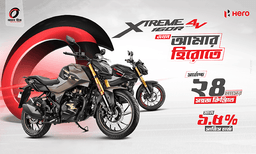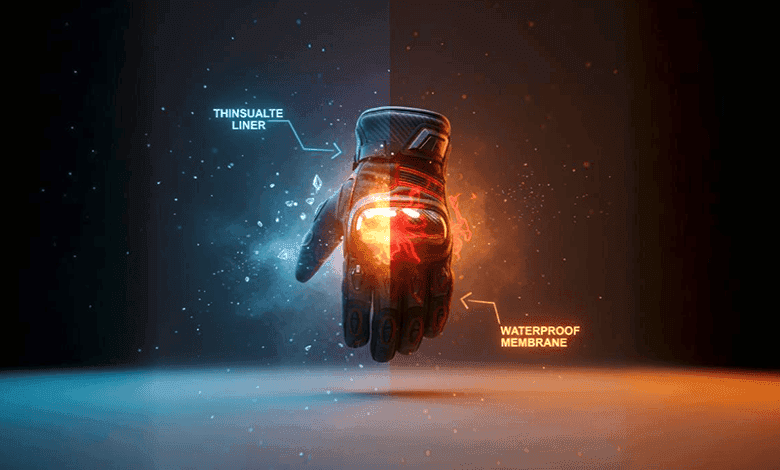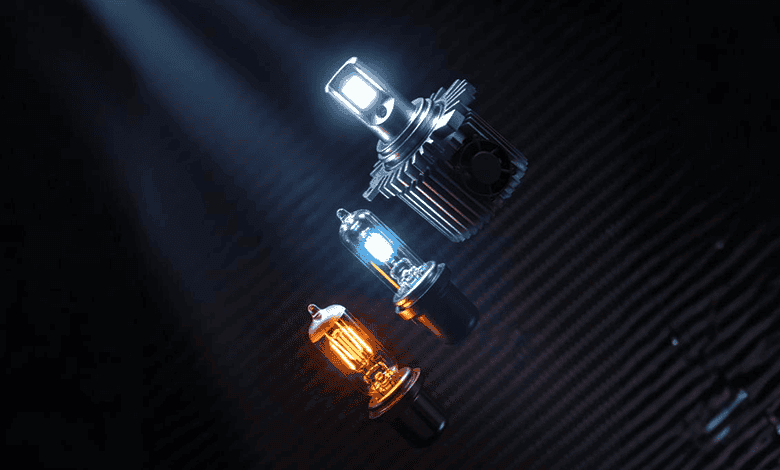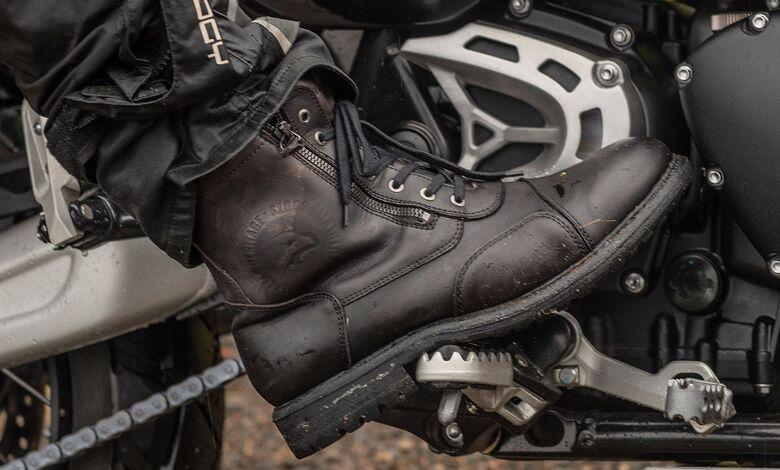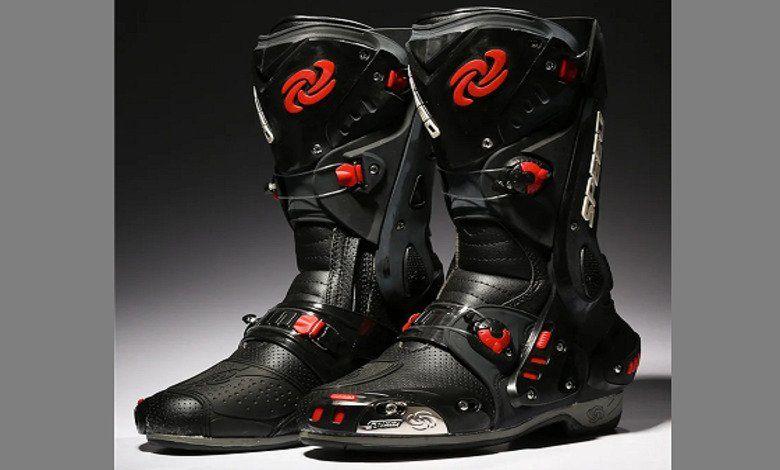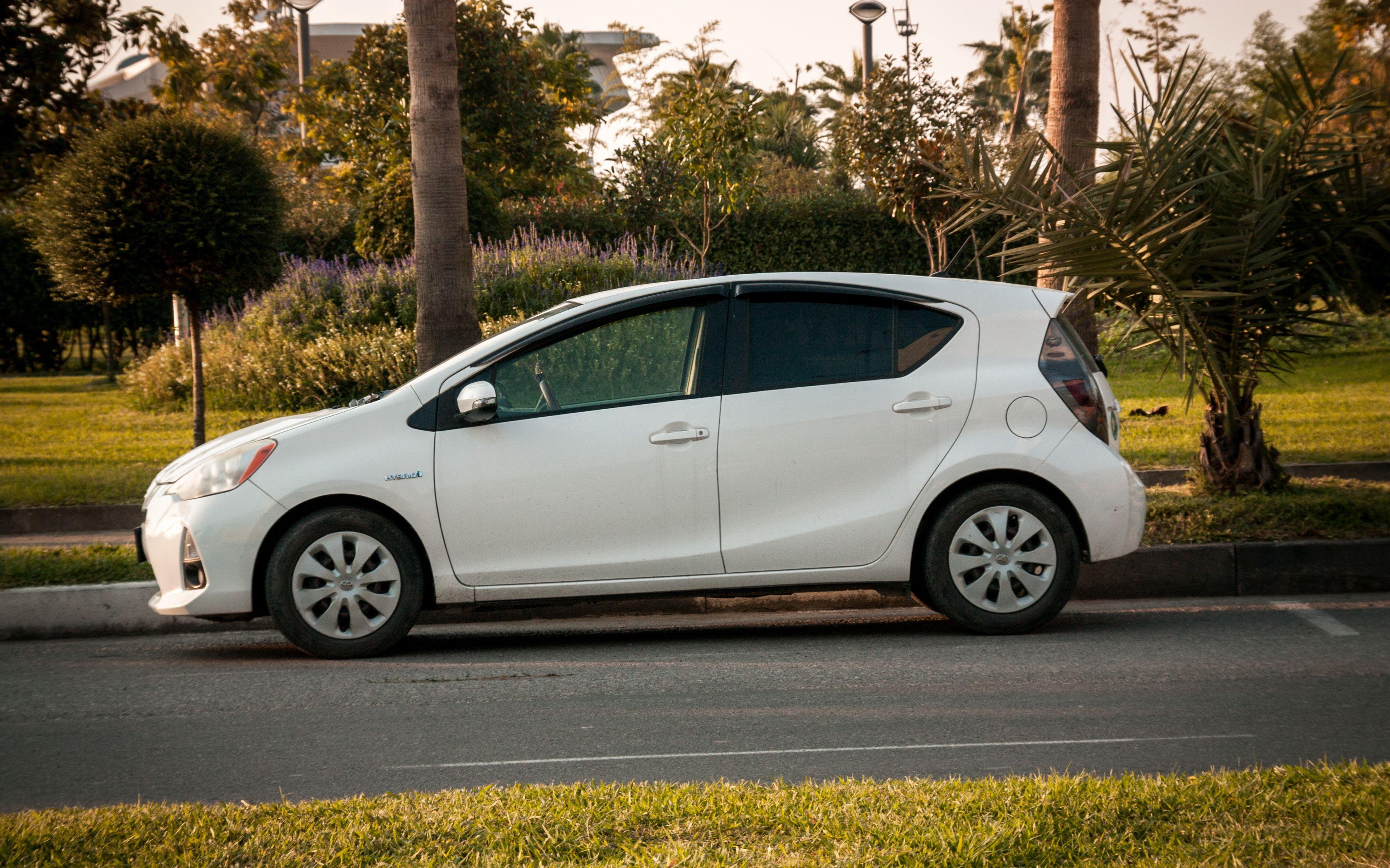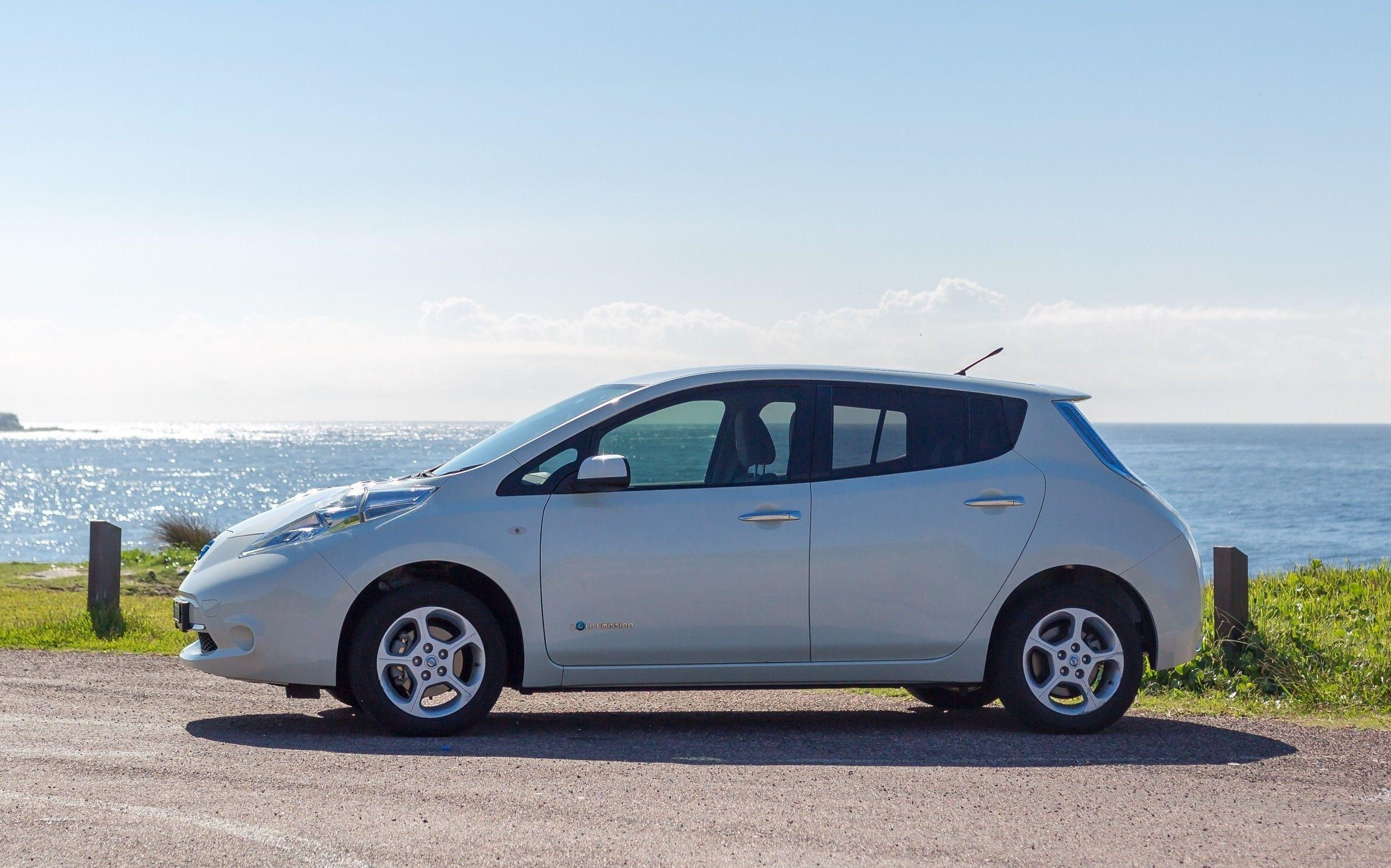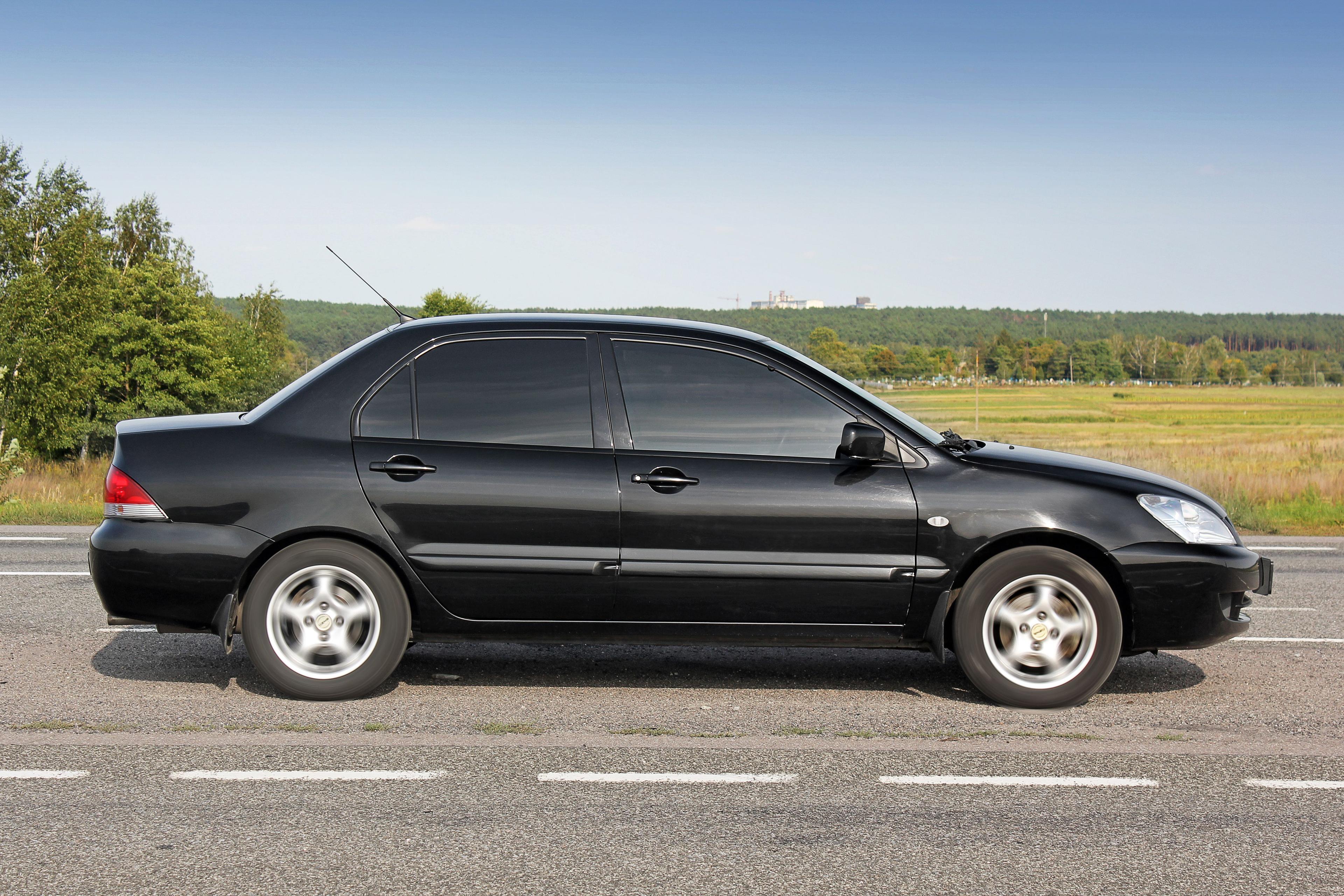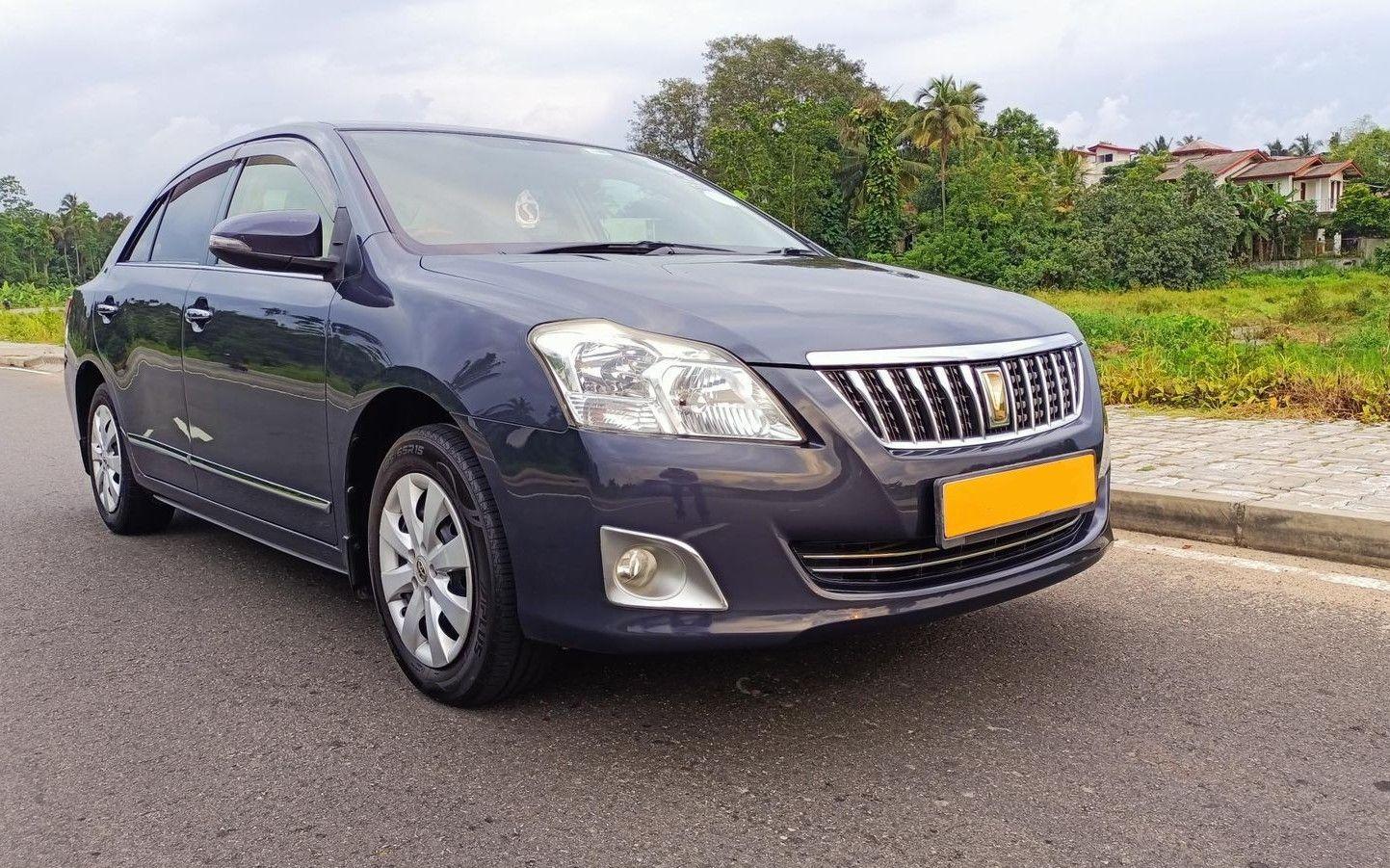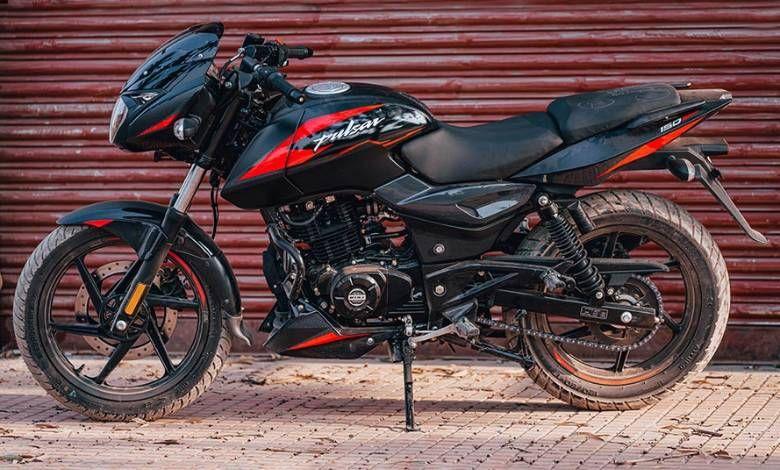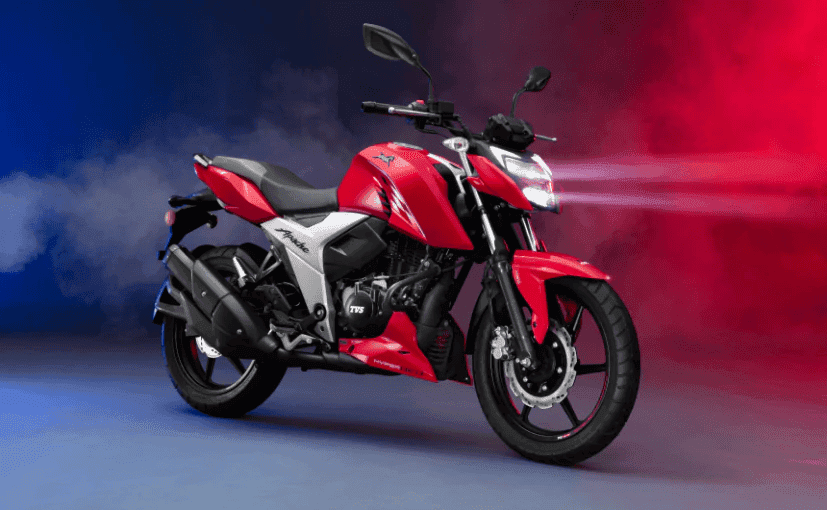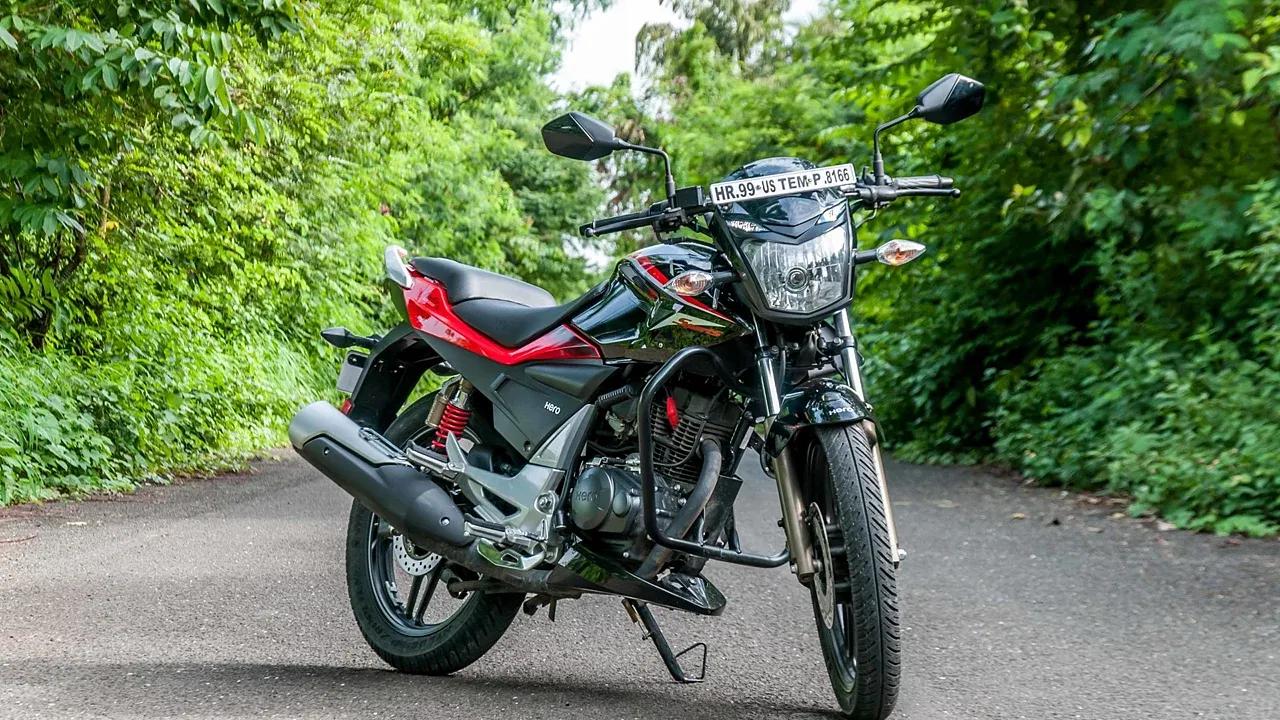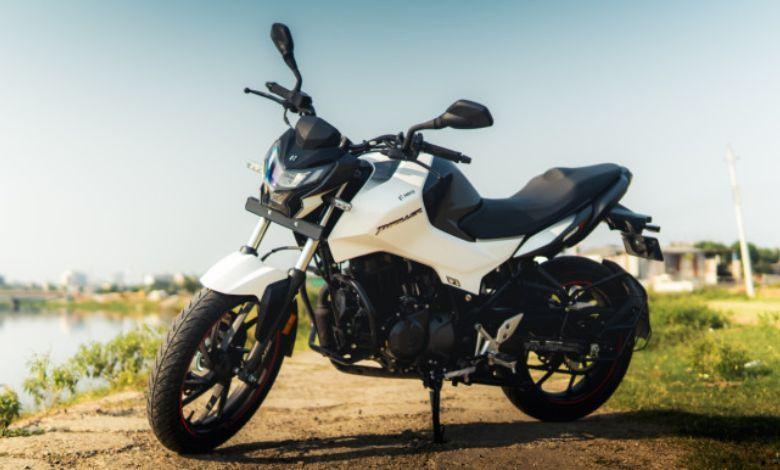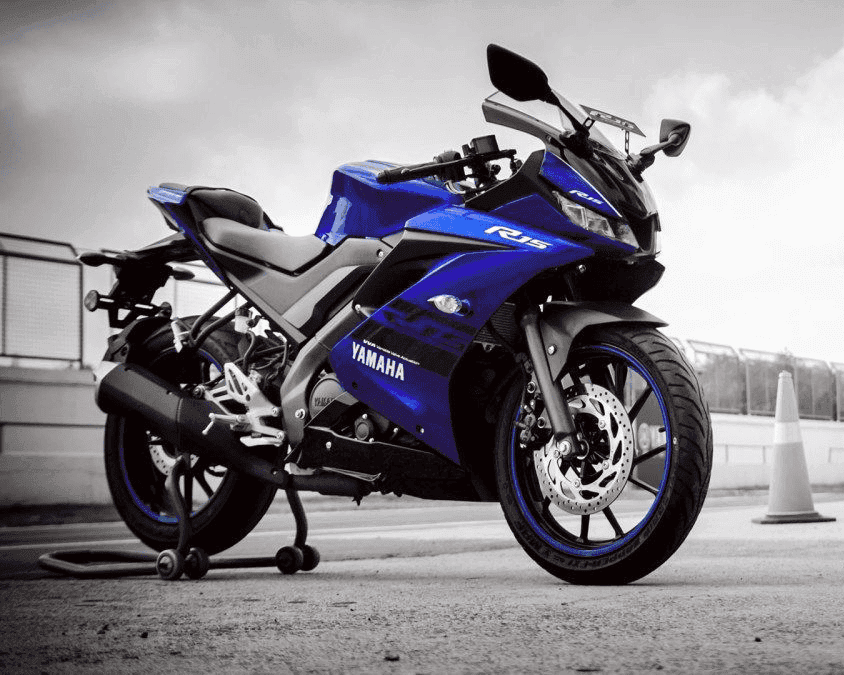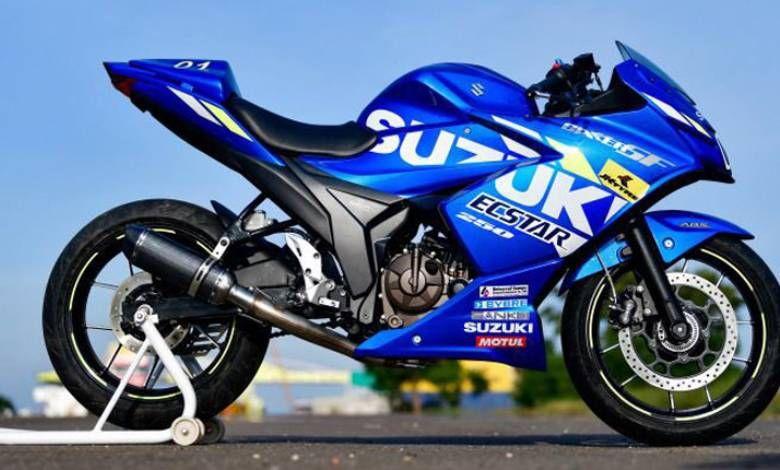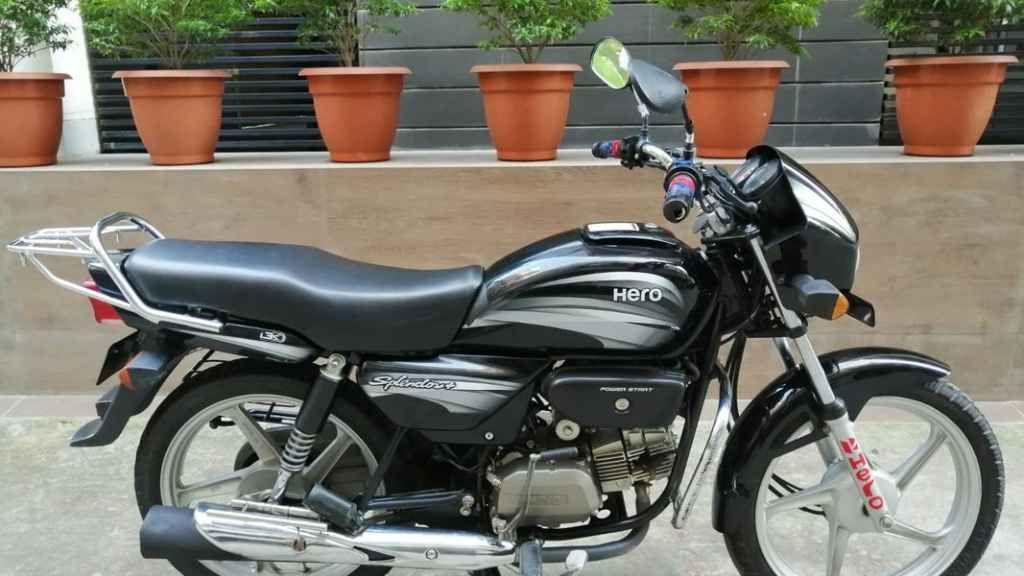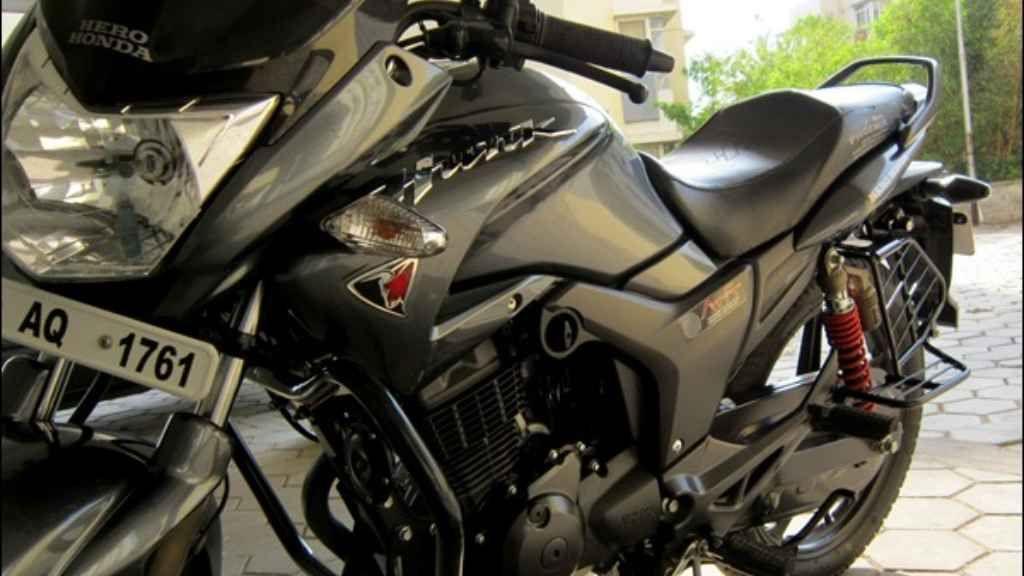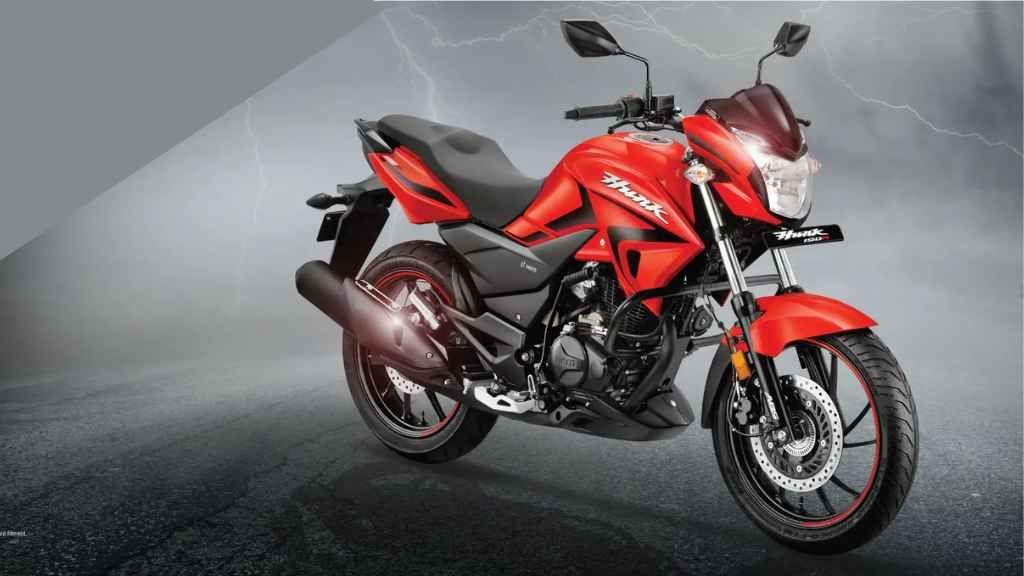Why Are Multi-Plate Clutches Used in Motorcycles?
Thanks to technology, we now see many types of clutches used in motorcycles, such as - wet clutch, dry clutch, slipper clutch, automatic clutch, and multi-plate clutch. The names of all clutches make it clear why they are used in motorcycles, but it's not always clear to everyone why a multi-plate clutch is used. Sometimes, multi-plate clutches are also found in premium bikes. So, many people try to install this clutch on their bikes and find that this system is not applicable for their bike. So why are multi-plate clutches used in motorcycles? Hopefully, you will find the answer to this question by reading the entire article.
What is a Multi-Plate Clutch?
Multi-plate clutches are generally used in high-performance bikes and cars. The wet and dry clutches we usually see in regular bikes are single-plate clutches. This means these clutches have only one friction surface. On the other hand, multi-plate clutches have multiple friction surface plates. From this perspective, it can be said that a multi-plate clutch is made up of a combination of multiple wet or dry clutches. Moreover, the working principle of a multi-plate clutch is quite similar to that of dry and wet clutches. The advantage of a multi-plate clutch is that since it has more friction surfaces, its torque transmitting power is also higher than other clutches. That's why this type of clutch is used in high-performance bikes.
Why are Multi-Plate Clutches Used in Motorcycles?
Multi-plate clutches are generally used in motorcycles for several reasons.
1. Compact Design - Multi-plate clutches are generally much more compact compared to single-plate clutches, allowing motorcycle manufacturers to create more compact clutch assemblies. This reduces the space required in the motorcycle and helps keep the weight down.
2. Torque Transmitting Capacity - Multi-plate clutches can handle significantly more torque compared to single-plate clutches. Therefore, these clutches are used in higher CC bikes.
3. Power Transmission - Multi-plate clutches have a larger surface area compared to single-plate clutches. This results in better efficiency for this clutch. It is observed that not as much fuel is consumed as the power being transmitted. On the other hand, attempting this with a single-plate clutch can drastically reduce fuel efficiency.
4. Riding Experience - The engagement and disengagement of the clutch become quite smooth with a multi-plate clutch. This gives the rider more control when starting and stopping the bike, improving the overall riding experience.
5. Cooling - Multi-plate clutches cool down much faster compared to single-plate clutches. This feature is particularly critical for high-performance bikes, as their clutches can get very hot.
6. Durability - Multi-plate clutches last much longer compared to single-plate clutches because they have multiple surfaces for load distribution.
Conclusion
Motorcycle manufacturers are constantly innovating new technologies with the aim of improving and simplifying the riding experience. The multi-plate clutch is a groundbreaking addition on this path. Hopefully, I have been able to give you a detailed understanding of multi-plate clutches today. However, for the clutch to function correctly, you must select the right engine oil for your bike.


